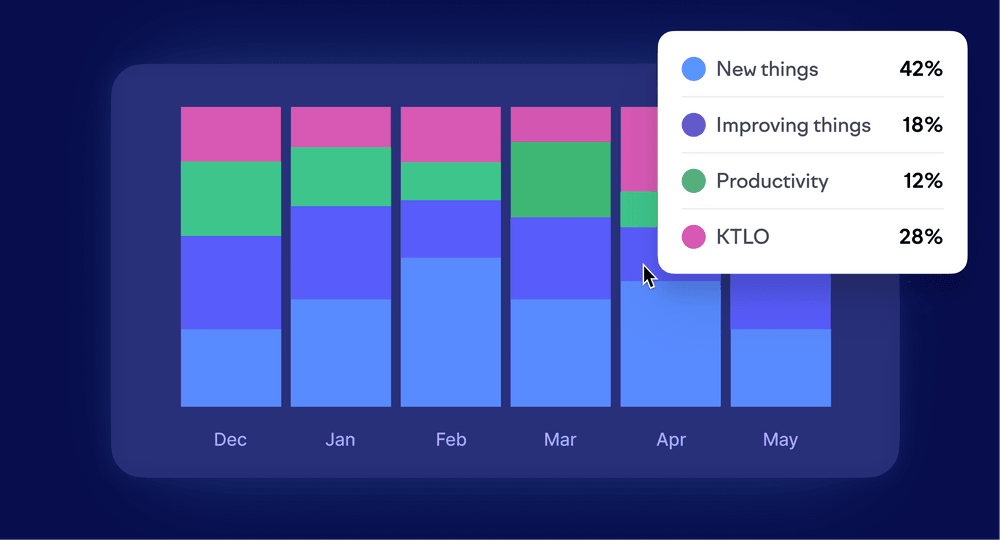
Looking to replace OkayHQ?
Just like Okay used to, Swarmia focuses on helping modern software teams identify and eliminate the bottlenecks that are slowing down the day-to-day work of engineers.
Trusted by effective engineering organizations
Swarmia in a nutshell
Connect the dots between your source code hosting, issue tracker, and chat
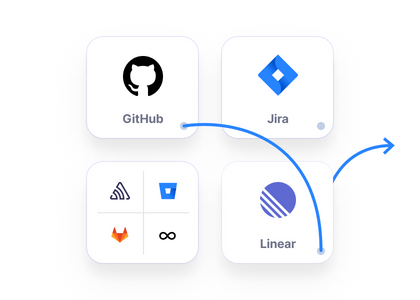
Measure the right things on every level of the engineering organization
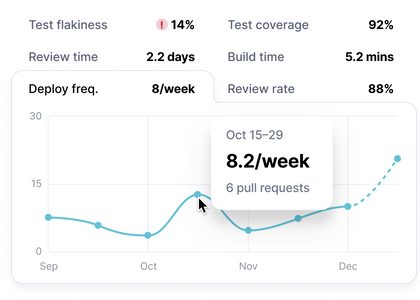
Stay on track with team-wide Working Agreements and Slack nudges
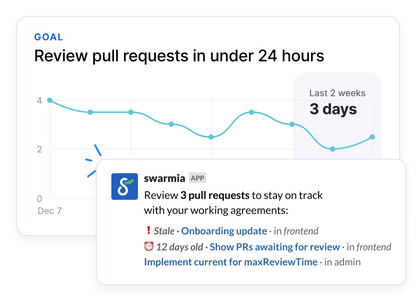
Here’s how it works
Measure proven productivity metrics
Software development productivity isn’t just one number you can track. That’s why Swarmia surfaces a carefully curated set of research-backed engineering metrics that give you a complete overview of productivity.
With Swarmia, you can explore metrics across four areas: business impact, flow, code quality, and team health — and use those insights to identify improvement areas.
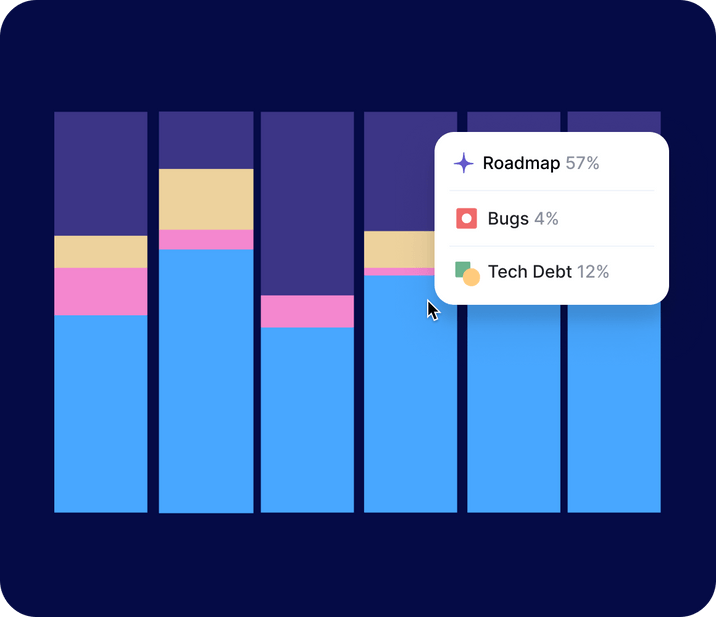
Drive positive change with Working Agreements
The problem with metrics is that they don’t drive action on their own. That’s where Swarmia’s Working Agreements come in.
They allow teams to adopt proven habits like "avoid working alone" and set numeric targets for code reviews, open PRs, and more.
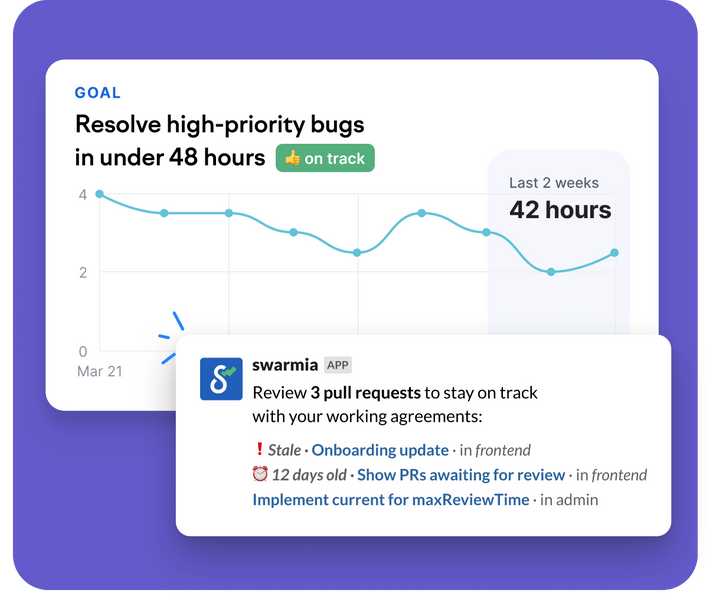
Speed up dev workflows with notifications
The final piece of the productivity puzzle are Swarmia’s two-way Slack notifications. They allow teams and individuals to receive and respond to real-time alerts and nudges to improve collaboration and cut down waiting times.
The daily digests on your team’s Slack channel help everyone keep up with ongoing work. The personal notifications, on the other hand, nudge you to react to review requests, GitHub comments, failed CI, and more.
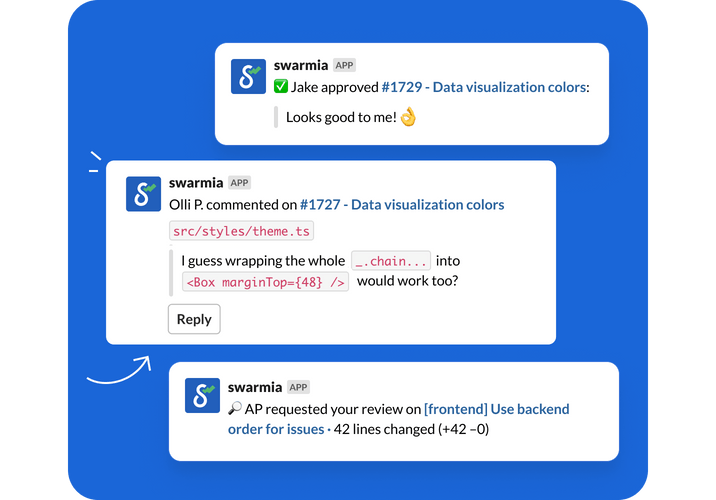

Swarmia product principles
Much more than a dashboard
Swarmia is not just a dashboard for the engineering leadership. In addition to research-backed metrics, it also gives teams the tools they need to get a little bit better every day.
Every team is different
There’s no single right way to build software. Swarmia adapts to every team’s tools, rituals, and challenges, so you can keep working in a way that works for you and your team.
Data is a conversation starter
Instead of using engineering metrics to find answers, we believe in using them to ask better questions. After all, data can answer the "what" but it will rarely tell you the "why."
Explore next
Engineering metrics
Just because you can measure something doesn’t mean you should. Here are some of the engineering metrics you can (and can’t) measure with Swarmia.
Swarmia is how the best teams get better. Get started by scheduling a live demo with one of our product experts.
Learn more from our blog

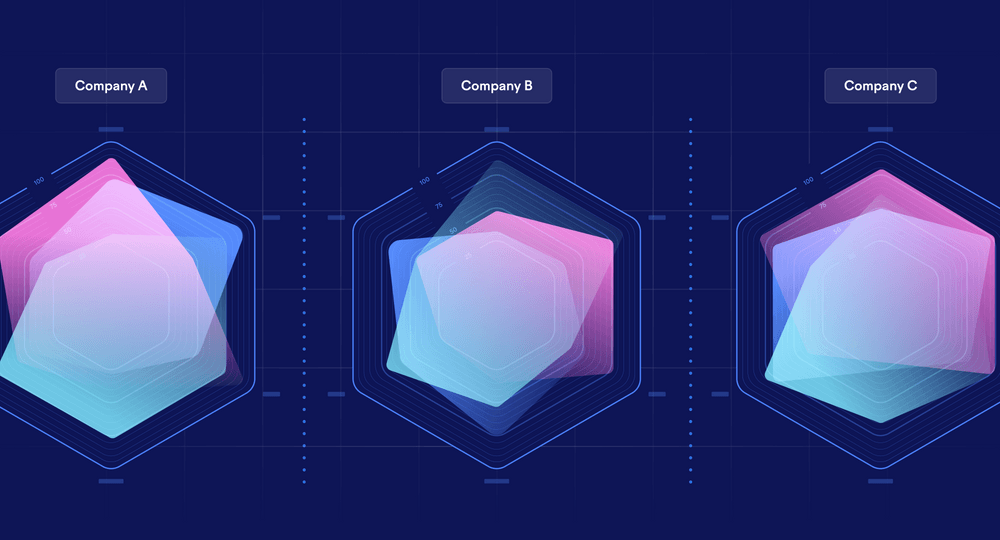
Size, age, culture: 3 factors that will shape your productivity path
